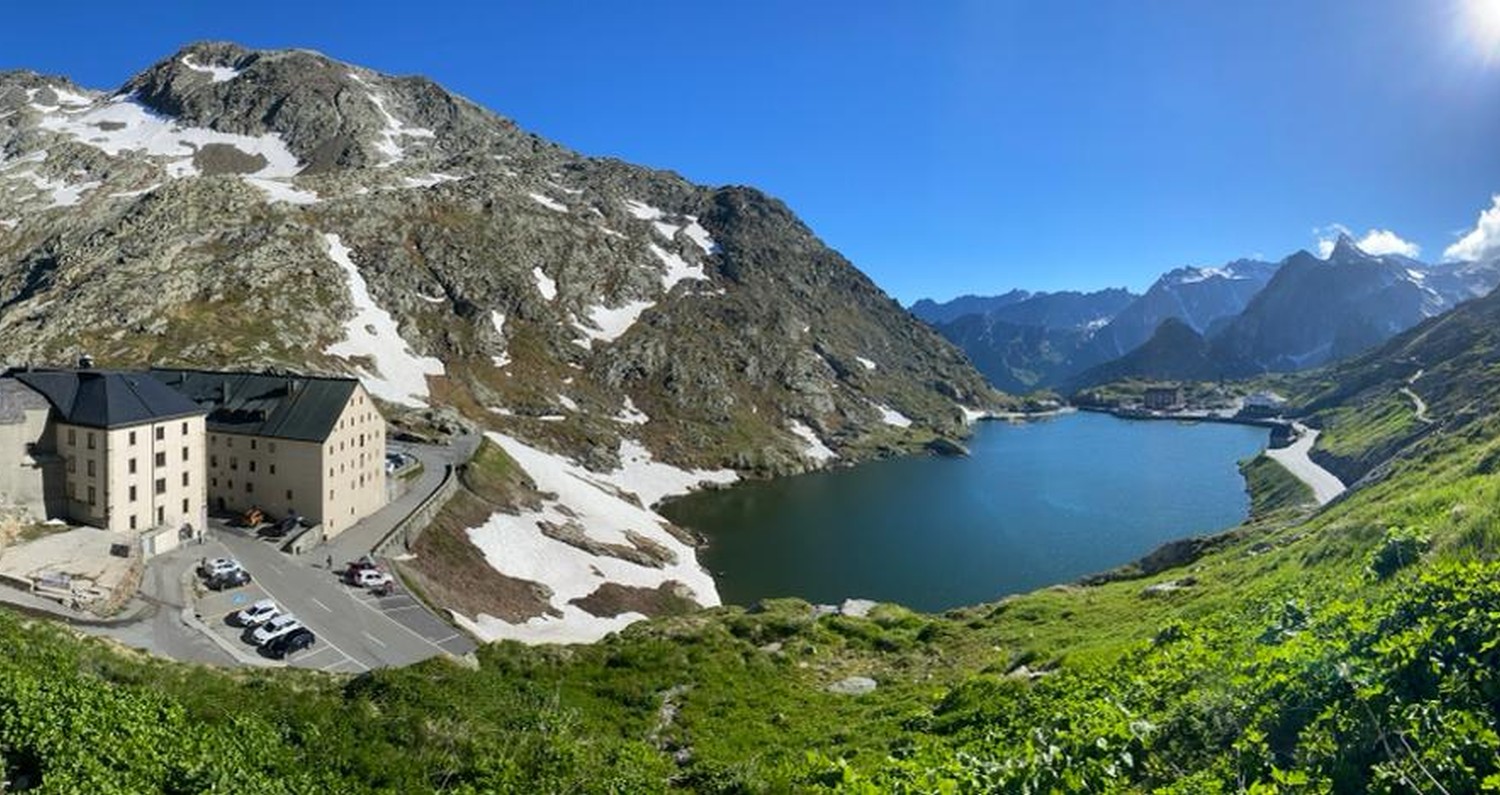
Col du Grand St Bernard
Col du Grand St Bernard
A splendid, immersive itinerary between nature and history, along the border between Italy and Switzerland, where the Roman road, built in living rock with the strategic aim of linking the territories north of the Alps, will guide us.
Along this iconic route, we will admire the mastery with which the road was built (even more surprising considering the period in which it was constructed!) and we will retrace the vicissitudes of those who travelled along it: citizens of the Roman Empire, monks and pilgrims, right up to Napoleon Bonaparte.
There will be no shortage of special encounters: archaeological excavations at the end of the 19th century on the Plan de Jupiter revealed the remains of two mansions, a kind of hotel of the time, and a small but magical temple dedicated to the Celtic god of the peaks, Penn, or Jupiter Penn.
But there are more surprises along the way!
Our excursion into history takes us back to the Middle Ages, when the Alpis Poenina (Great St. Bernard) Pass was a focal point and a reference point, so much so that it was indicated on the Tabula Peutingeriana (a medieval copy of a late Roman travel map), as well as on one of the explanatory panels of the Cryptoporticus Forense in Aosta.
In the Middle Ages, the pass became an obligatory route for pilgrims travelling from Canterbury to Rome along the Via Francigena. The millenary Hospice of St. Bernard, built in the middle of the 11th century by the archdeacon of the cathedral of Aosta, was built to give shelter to the pilgrims. Within its walls there are some beautiful votive offerings, which are now kept in the Great Museum of the Hospice of Saint Bernard.
The hospice became particularly famous for the presence of the Barry rescue dogs who, together with the canons, helped the pilgrims. Over time, this breed of dog became one of the symbols of the pass, from which it takes its name.
There will be no shortage of modern references: we will be in the same landscape that was the setting for the famous painting "Napoleon Crossing the Alps" by the French painter Jacques-Louis David, now in the Louvre.
All along the way we will be accompanied by the splendid nature of the Aosta Valley, with its mountains and clear air: it will be like being immersed in an open-air history book!
Things to know
The price of the visit does not include entrance to the sites.
The guided tour takes place during the summer season when the Great Saint Bernard Pass is open.